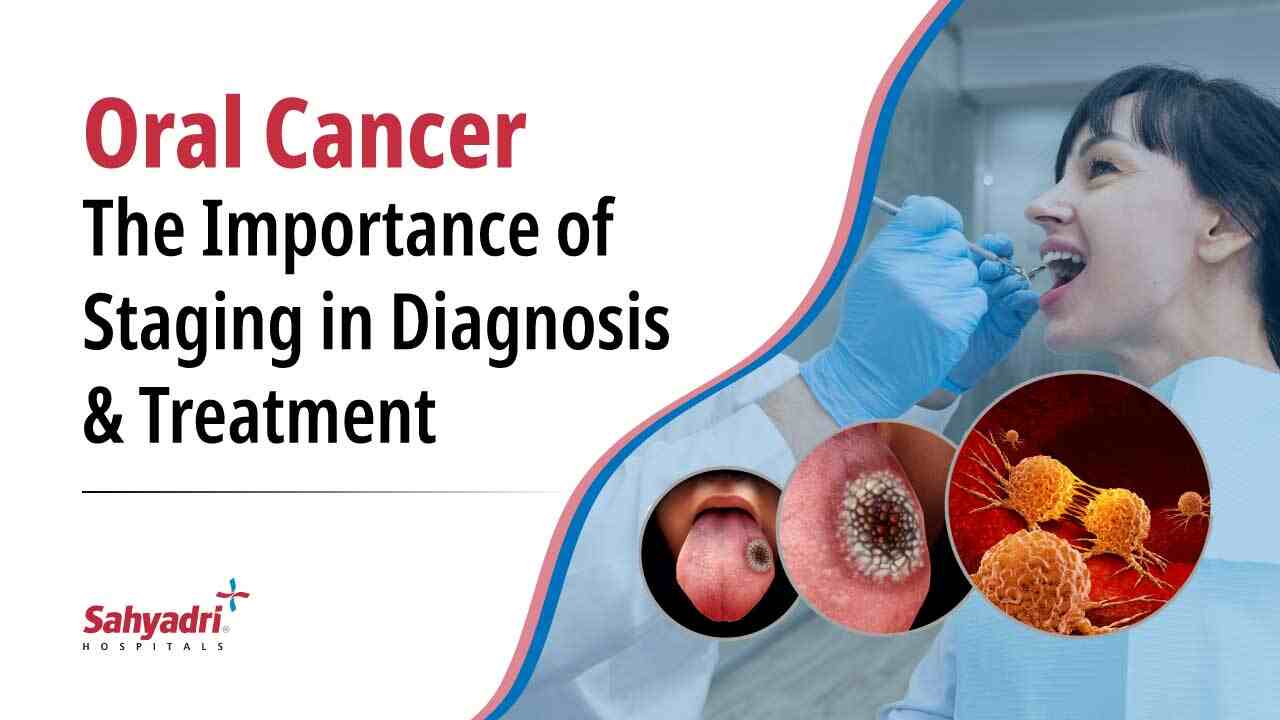High-Grade Glioma: Symptoms, Diagnosis, Treatment and Beyond
High-grade gliomas, some of the most aggressive forms of brain tumors, often leave patients and their families grappling with numerous questions and concerns.
Knowledge about these tumors, their symptoms, diagnosis, and treatment options can provide a sense of control and empowerment in this challenging journey.
We aim to demystify high-grade gliomas, offering insights and expert advice from seasoned neurosurgeons like those at Sahyadri Hospital.

What is High-Grade Glioma?
High-grade gliomas, including glioblastoma multiforme and anaplastic astrocytoma, are particularly aggressive, rapidly growing and invading the surrounding brain tissues. Understanding the nature and behavior of these tumors is essential for devising effective treatment strategies.
Varieties of High-Grade Gliomas
High-grade gliomas can be further sub-divided based on their cellular characteristics. The two primary types are glioblastoma multiforme (GBM), the most common and aggressive form, and anaplastic astrocytoma, which is slightly less aggressive but can progress into GBM. Each subtype presents distinct characteristics, symptoms, and prognosis, making personalized treatment approaches crucial.
Read More: Impact of Metastatic Brain Tumors
Recognizing the Symptoms of High-Grade Glioma
The symptoms of high-grade glioma depend on the tumor’s location and size. Early symptoms may include persistent headaches, seizures, or changes in personality.
As the tumor grows, it can impact cognitive and motor functions, leading to symptoms such as memory loss, difficulty speaking, or weakness in limbs. These symptoms can significantly affect a person’s quality of life, making early detection and intervention crucial.
The Journey to Diagnosis
At Sahyadri Hospital, our team of experienced neurologists, radiologists, and pathologists work together to ensure an accurate and timely diagnosis, providing a solid foundation for treatment planning.
Treatment Options
Treatment options for high-grade glioma include surgery, radiation therapy, and chemotherapy. The goal of surgery is to remove as much of the tumor as possible while preserving neurological function. Radiation therapy and chemotherapy are used to kill remaining cancer cells and slow tumor growth.
Emerging therapies, including targeted therapies and immunotherapies, are also being explored as part of clinical trials, offering new hope for patients. At Sahyadri Hospital, we adopt a multidisciplinary approach, tailoring treatment plans to each patient’s unique needs and circumstances.
Read More: The Cost of Brain Tumor Surgery in Pune
Living with High-Grade Glioma
Prognosis and Challenges of High-Grade Glioma
Patient Stories: Insights and Encouragement
Prevention and Future Directions
Promising areas of research include molecular profiling of tumors, targeted therapies, and immunotherapies, all of which hold the potential to revolutionize the management of high-grade gliomas in the future.
Remember, early detection and intervention are key, so don’t hesitate to seek medical attention if you suspect something amiss. At Sahyadri Hospital, we’re committed to providing personalized care and support every step of the way, helping you turn a challenging diagnosis into a journey of resilience and hope.
Patient Feedback
Great doctors, Good facilities, caring and helping staff. I recommend this hospital for day care services.
![]()
![]()
Sangram Shinde
All doctors r very good. There treatments is best. Other staff also good. The service of nurses is great...Hospital is always clean.
![]()
![]()
Vaishali Aitawade
All services provide by hospital are nice and on time. Doctors are polite and co-operative with patient.
![]()
![]()
Ankita Jagtap
All services provided by hospital is good. Hygiene maintained well.Even at night good care provided.
![]()
![]()


